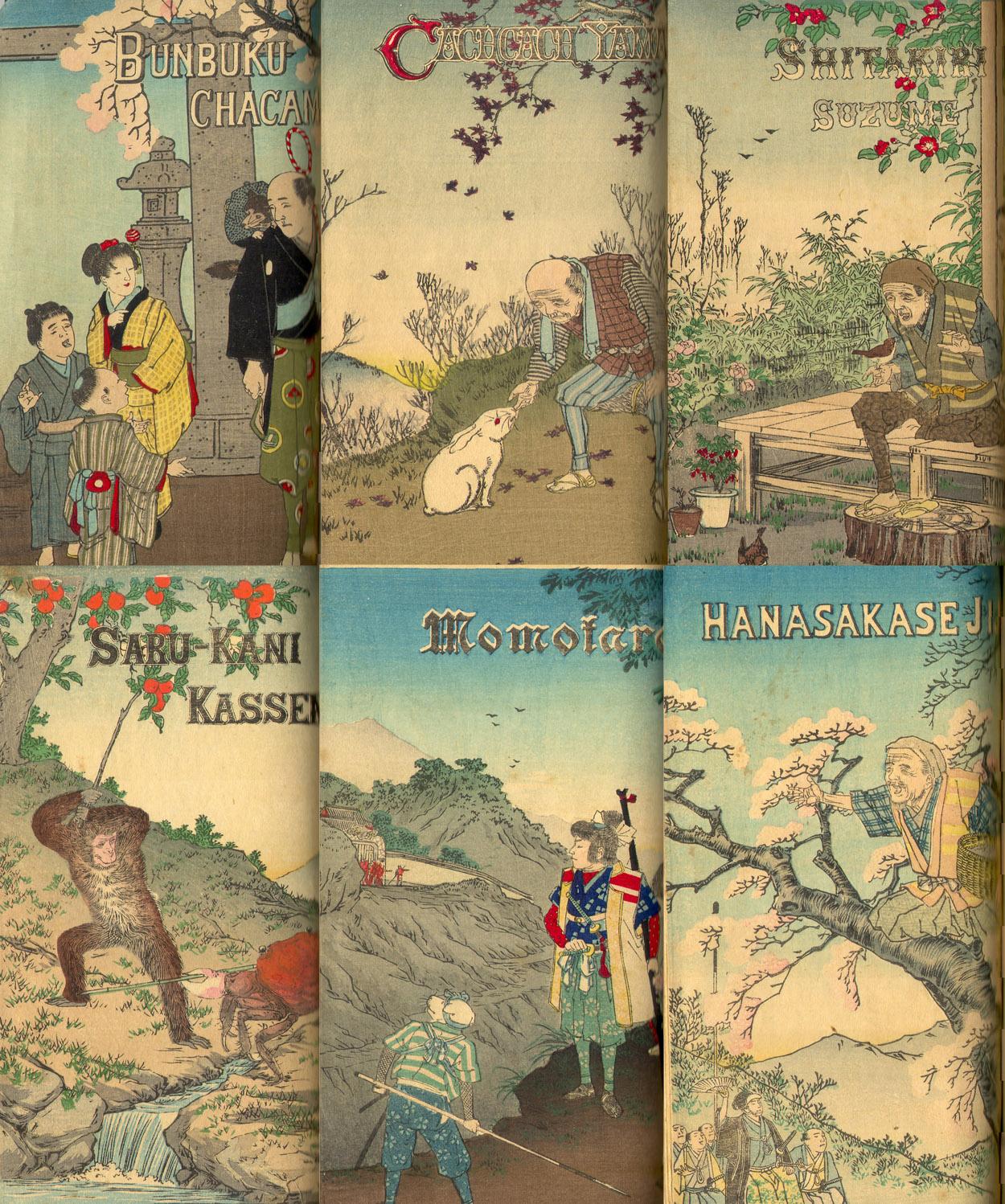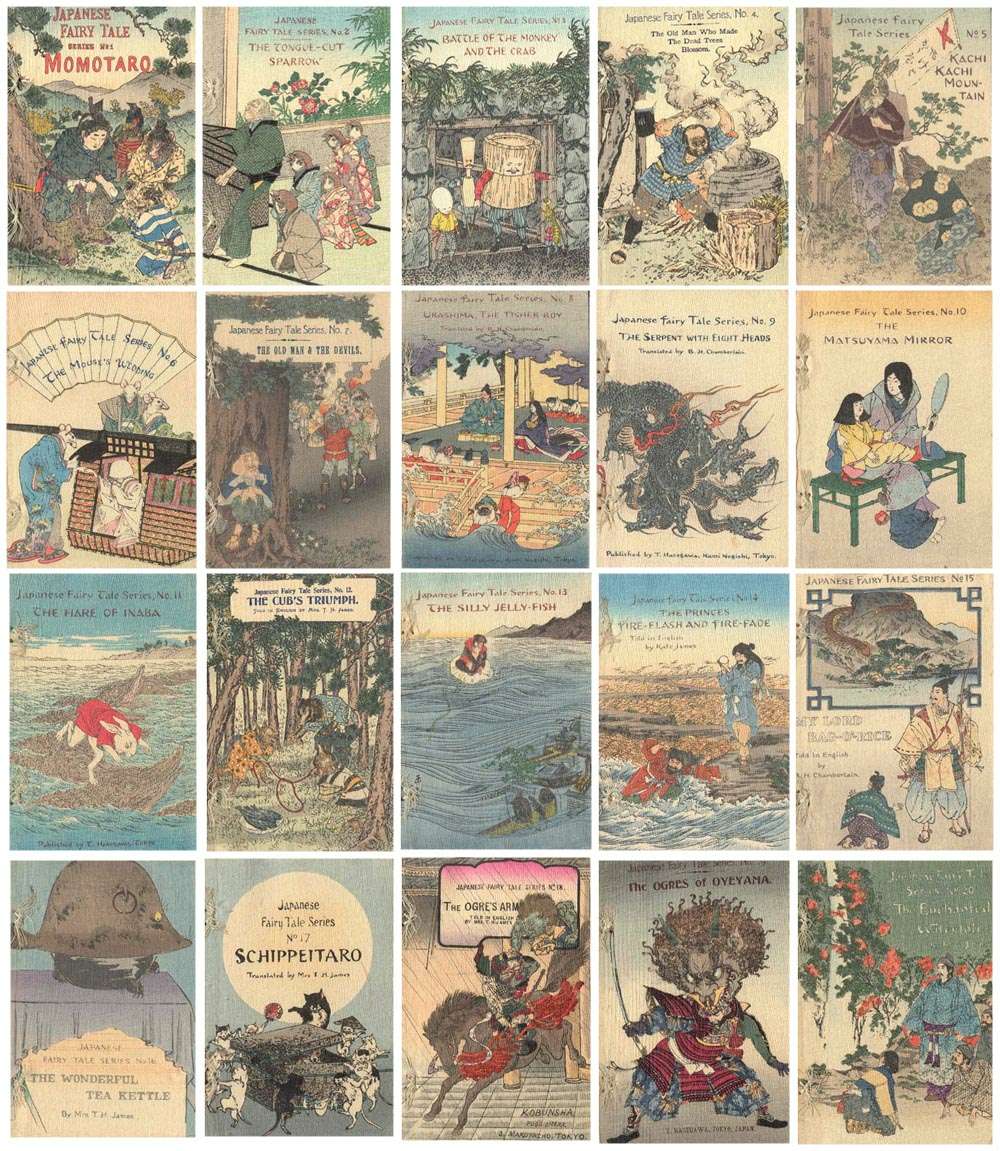

One day the girl cried as she looked at the moon. He asked her hand in marriage, but she refused.

The Emperor saw her face and fell in love. As the girl grew, news of her beauty spread to the Emperor. One day a bamboo cutter cuts open a bamboo and finds a baby girl inside. Taketori Monogatari ( 竹取物 語) can be translated as “The Tale of the Bamboo Cutter”. The moral of the story is, when you disobey orders you can lose everything such as your family and your youth/life. When he opens the box, he quickly ages into an elderly man about to die. When he discovers that she is dead, he opens the box in distress. Urashima Tarō goes back to the shore to see his aging mother. The turtle magically turns into a princess and gives him a box which she tells him not to open. In gratitude, the turtle gives Urashima Tarō gills to breathe underwater and gives a tour of the underwater world. Urashima Tarō ( 浦島 太 郎) is a name of a fisherman who saved a turtle from being tortured by some children. Basically Momotaro is the ideal son who takes care of his parents in their old age. From then on, the elderly couple lived with no worries. He plundered the orge’s treasures and brought it to the elderly couple. Momotaro grew up to be a strong boy who defeated a band of ogres. They cut the peach open to eat it, but to their surprise they found a boy inside the peach. One day, an elderly childless couple found a giant peach.


Momotaro ( 桃太 郎) can be translated as “Peach Boy” in Japanese. The story of Kintarō was based on a real man named SakataKintoki ( 坂田公 時), who was a legendary warrior. He is considered the ideal image of what a Japanese boy should be, which includes qualities like being strong, brave and masculine. Kintarō is the name of a boy with extraordinary strength. Kintarō ( 金太郎) means “Golden Boy” in Japanese. There is always a moral to the story or an exemplary mode of behavior that Japanese children should follow. Japanese folk tales are certainly entertaining to listen to, but they provide more than just entertainment.


 0 kommentar(er)
0 kommentar(er)
